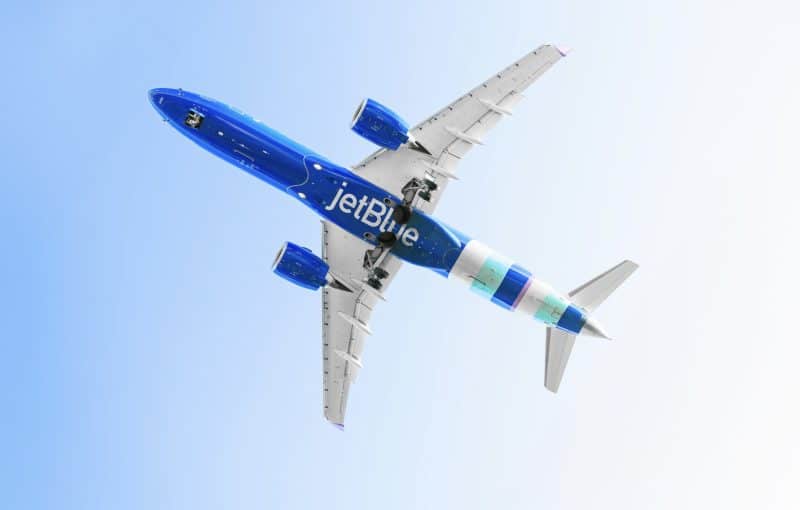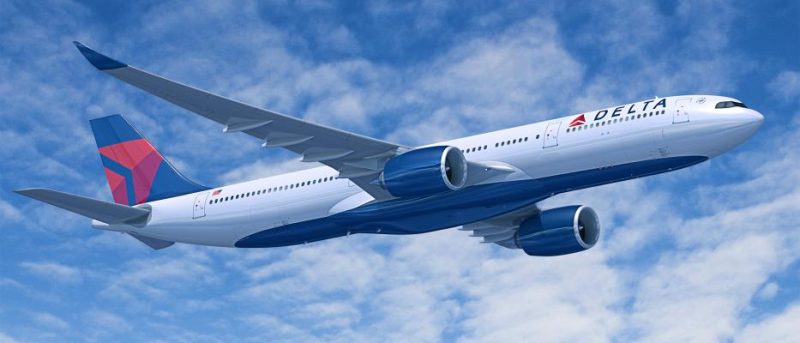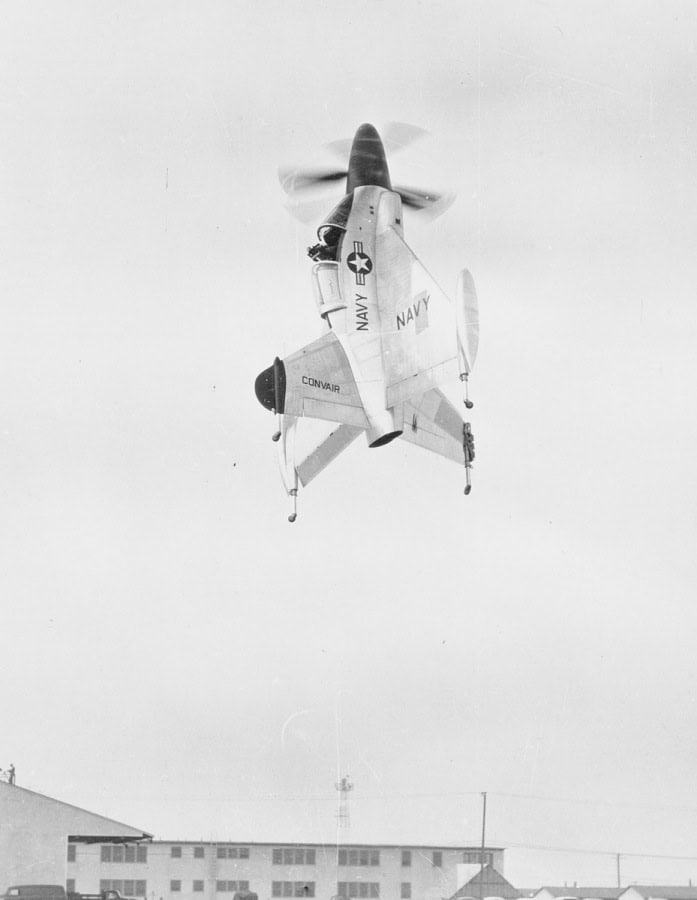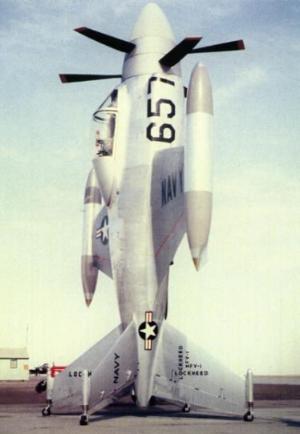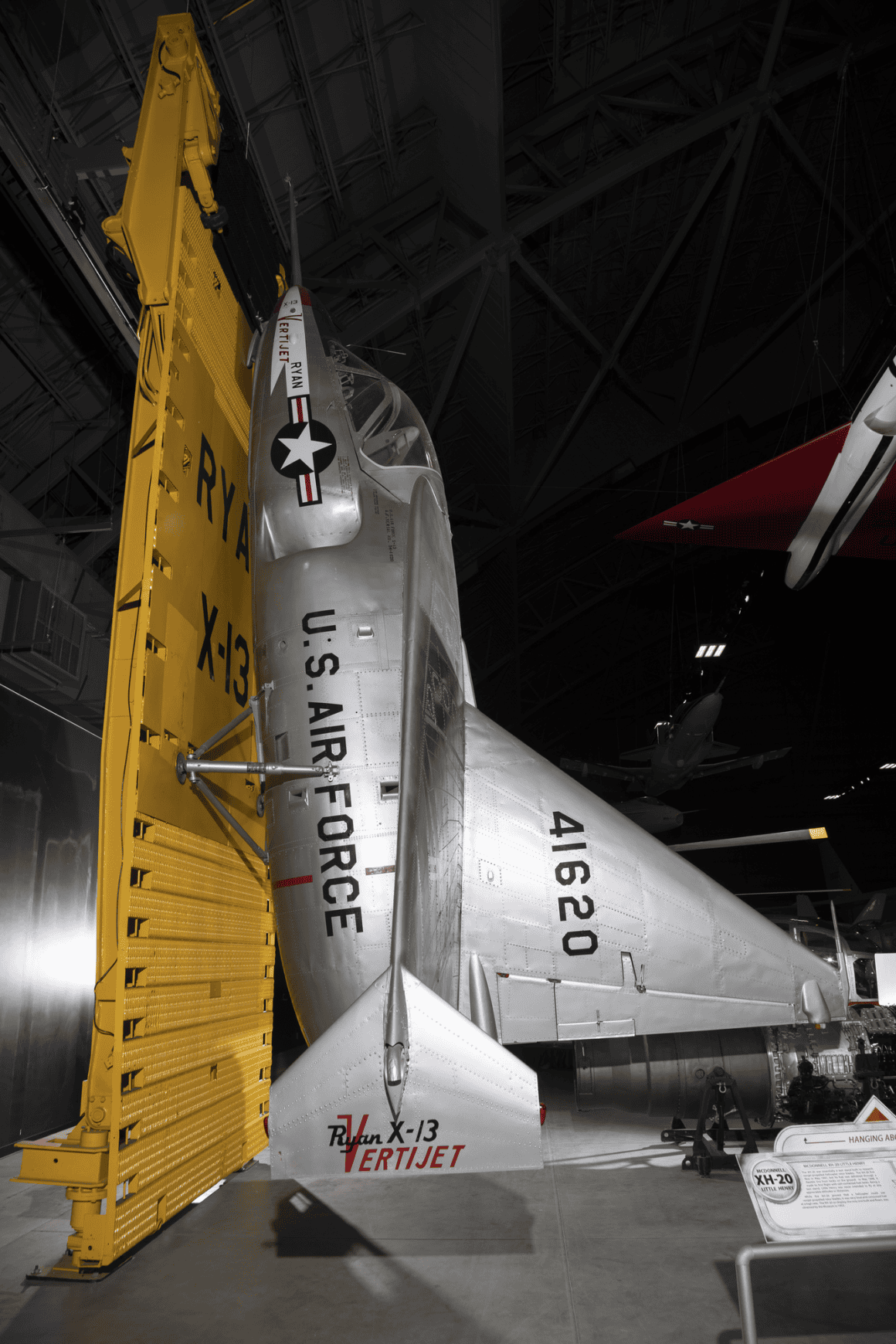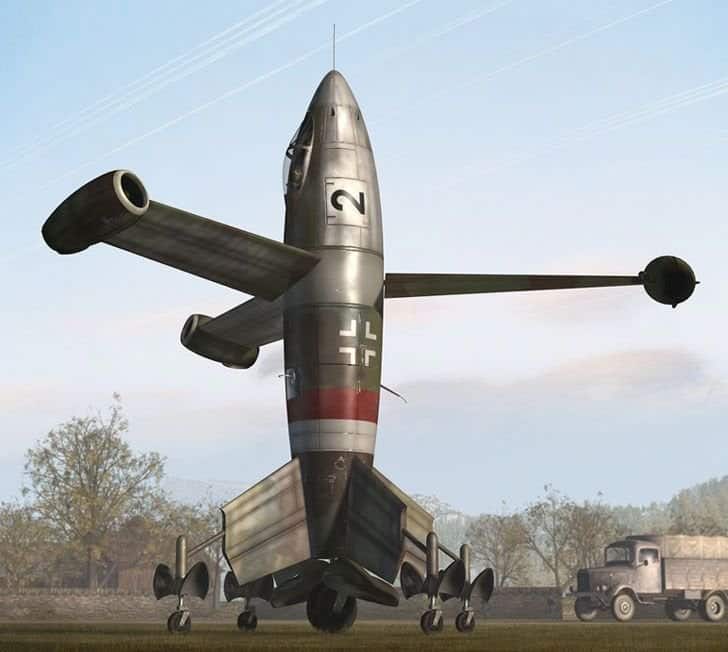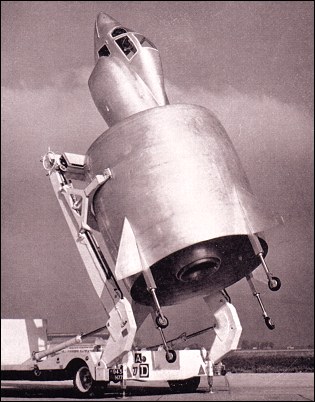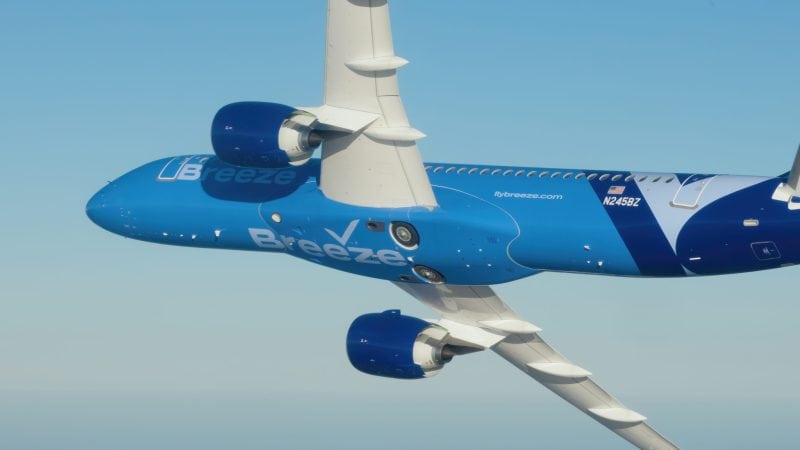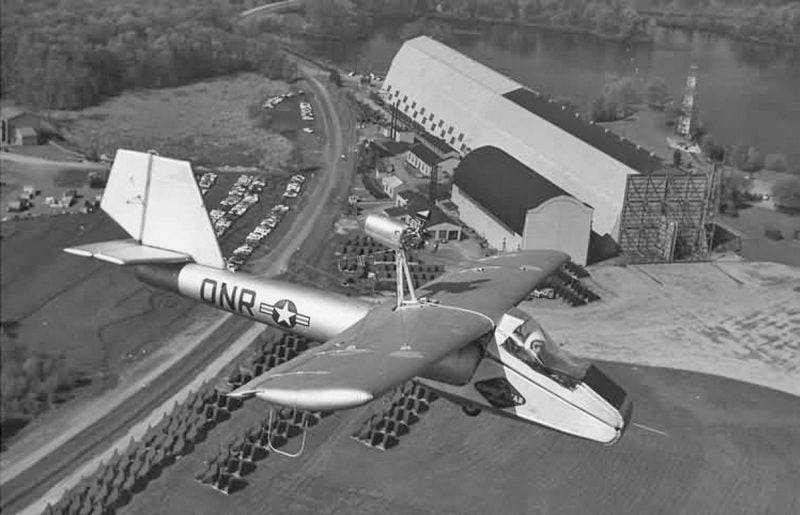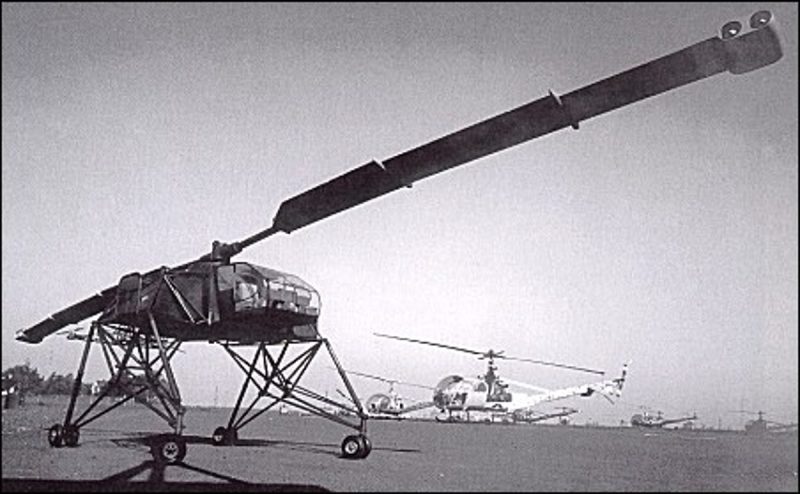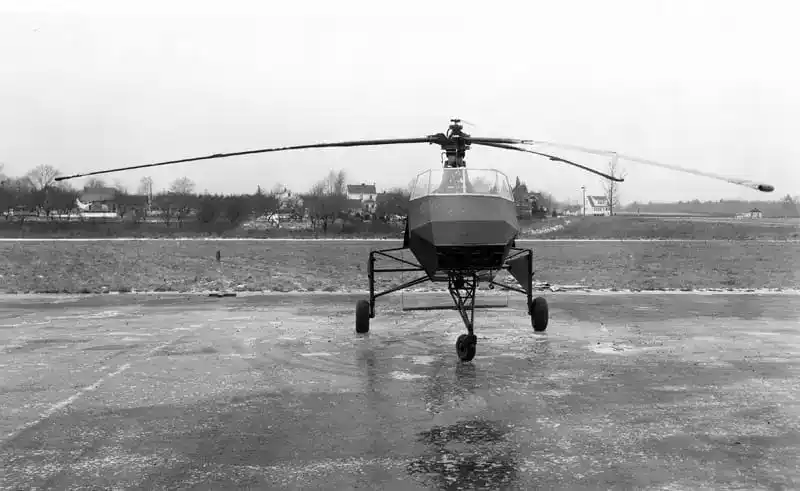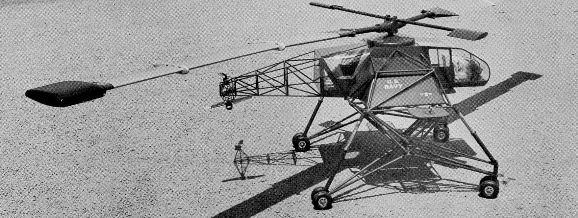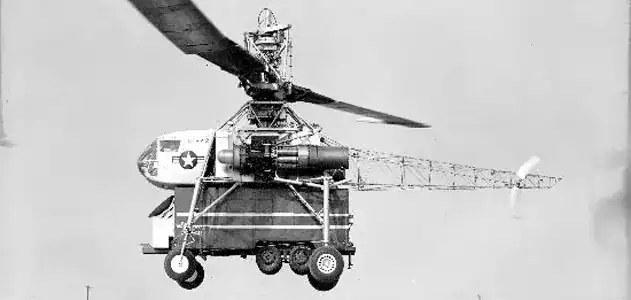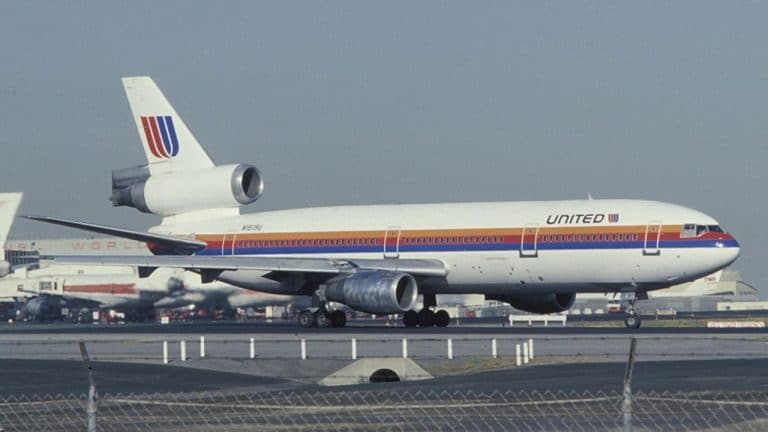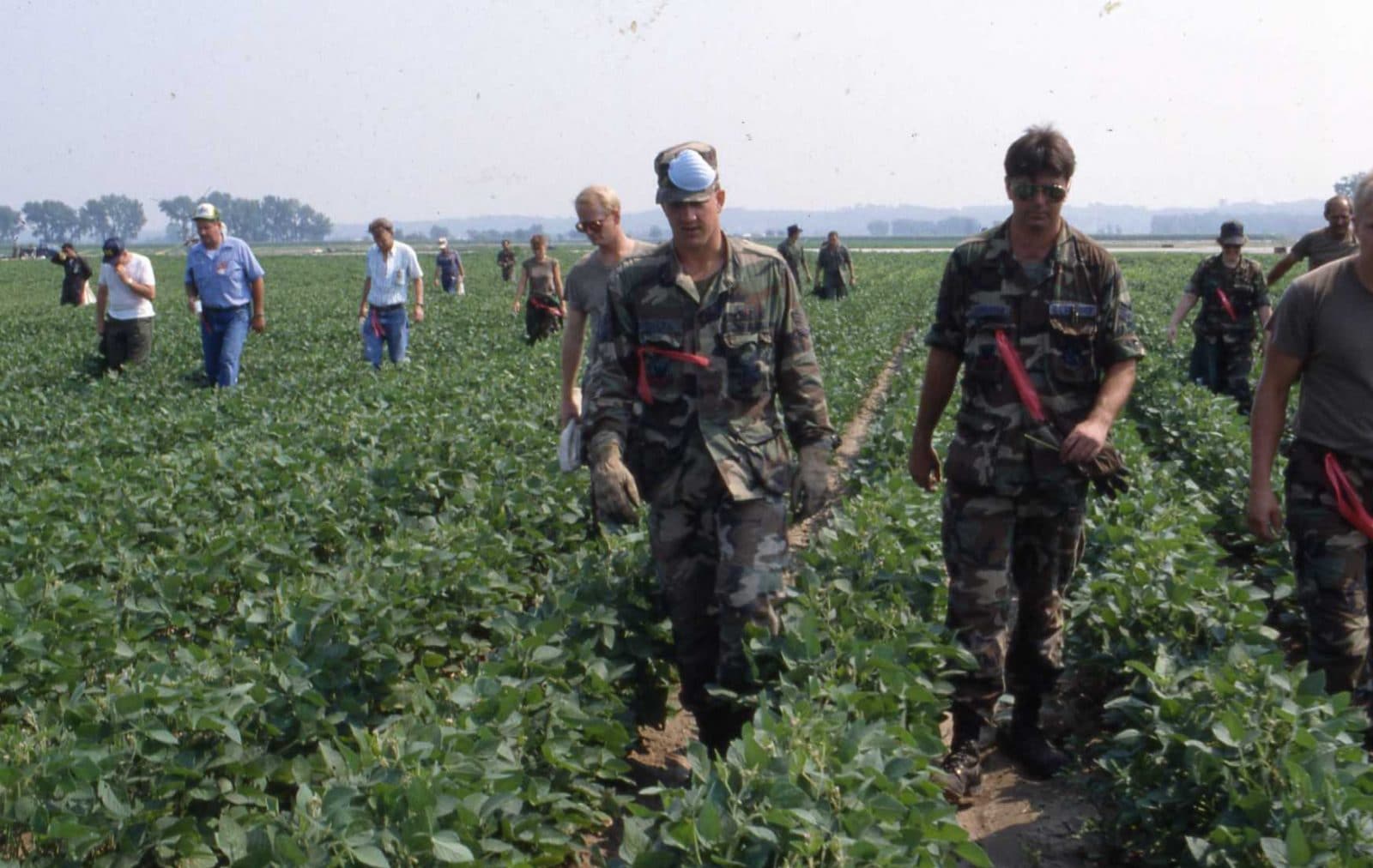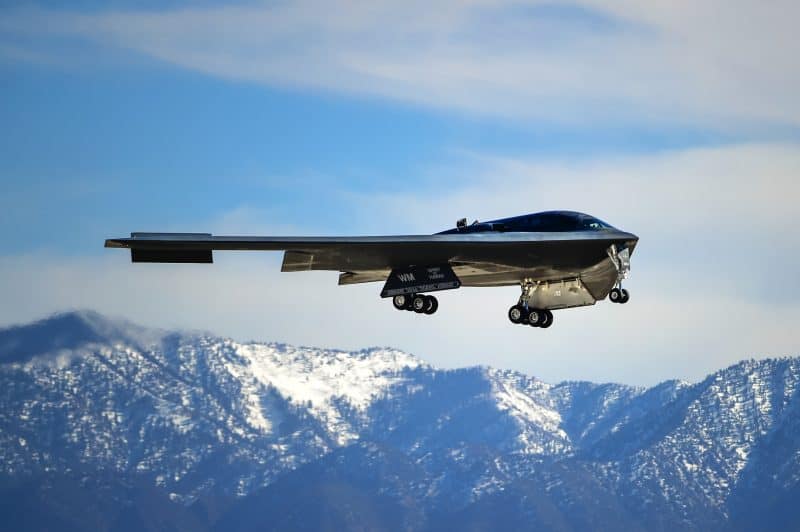While JetBlue’s news of pending route cuts, its Blue Sky Alliance with United approval, and the offloading of assets have been in the news lately, the carrier has also been busy behind the scenes refining its onboard experience.
This fall, the New York-based carrier is rolling out a slew of updates that double down on what makes JetBlue, well, JetBlue: curated entertainment and food that punches above its weight. The updates reflect JetBlue’s continued push to differentiate the inflight experience through content curation and premium food partnerships.
The changes offer a look at how JetBlue is evolving its cabin strategy across both core and Mint experiences in an environment where premium is king.
Let’s take a look at what JetBlue is unveiling this fall.
Strategic Content: YouTube Comes to Seatback Screens
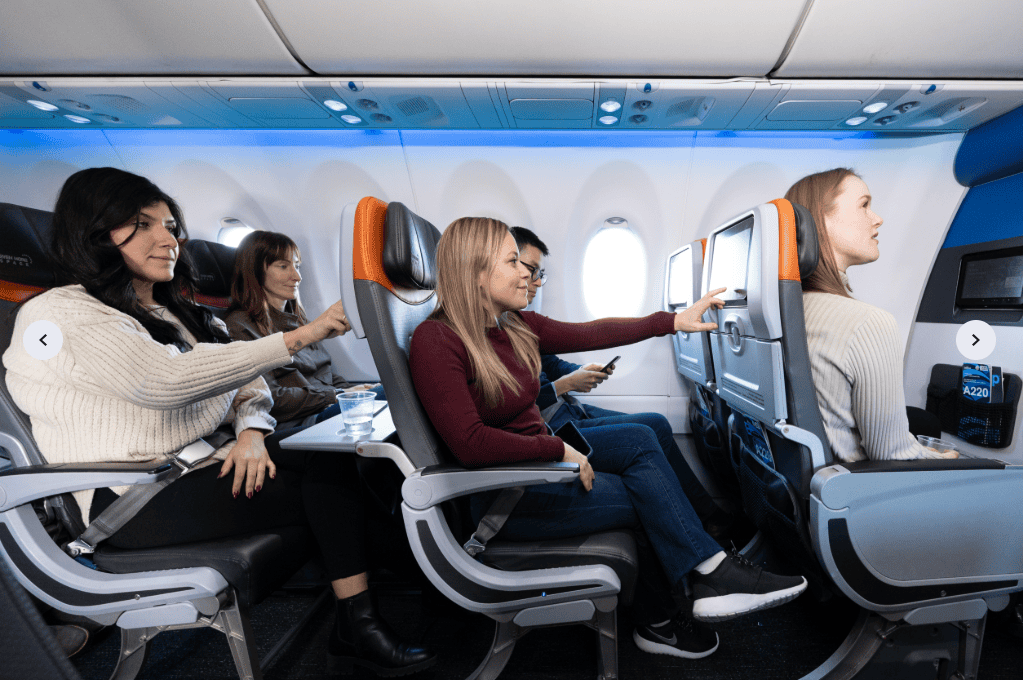
JetBlue will become the first US carrier to offer Chicken Shop Date, the cult-favorite YouTube interview series hosted by Amelia Dimoldenberg, as part of its seatback entertainment lineup. Featuring high-profile guests like Andrew Garfield and Cher, the series introduces a new tone of in-flight content…one that leans into viral, personality-driven media rather than traditional licensed film and TV.
This is part of JetBlue’s broader effort to modernize its content mix and appeal to younger demographics. The airline continues to prioritize free, seatback entertainment as a core brand pillar, a contrast to the bring-your-own-device model adopted by many domestic competitors.
Family and Franchise: Building Out the Kids’ Portfolio

For those flying with little ones, JetBlue’s got great news: Bluey is landing onboard in September. The Aussie animated hit is a parent-pleaser, and its absence until now was a bit of a head-scratcher.
JetBlue reports over 40 children’s films and 230 episodes of children’s TV currently available, supported by its partnership with Nickelodeon. This partnership brings recognizable content like PAW Patrol and SpongeBob SquarePants into the cabin. As leisure travel remains strong and family travel continues to rebound, expect this kind of kid-centric media investment to remain a key differentiator on domestic routes. And I’ll be honest: as a father of a young son, I couldn’t be happier to hear this news!
Content is also being shaped thematically around the calendar, with new categories like Class Is in Session for back-to-school season and JetBoo returning for Halloween. Hispanic Heritage Month in mid-September will see a focused rollout of titles like In the Heights, Coco, and Flamin’ Hot, according to a JetBlue press release.
For Real Life? Bluey Joins the Party
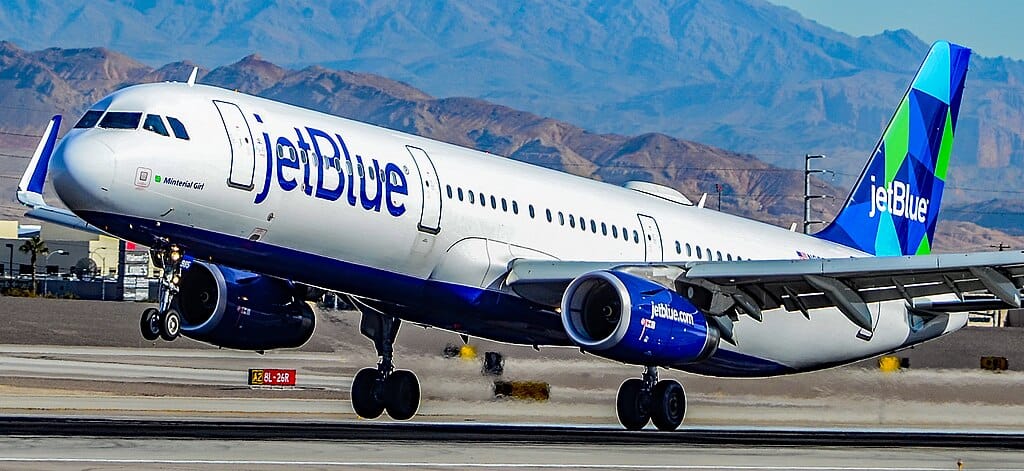
Still no word on whether JetBlue will be adding Magic Claws to its lineup in inflight entertainment. However, for those flying with little ones, JetBlue’s got great news: Bluey is landing onboard in September. The Aussie animated hit is a parent-pleaser, and its absence until now was a bit of a head-scratcher.
With over 40 kids’ movies and 230 episodes of shows like PAW Patrol and SpongeBob SquarePants already in the mix, thanks to their Nickelodeon tie-up, JetBlue’s clearly betting on keeping families happy.
They’re also getting creative with themed content. Expect “Class Is in Session” for back-to-school season, “JetBoo” for Halloween spooks, and a nod to Hispanic Heritage Month with films like In the Heights, Coco, and Flamin’ Hot. It’s a smart way to keep the inflight vibe seasonal and inclusive, especially as family travel stays hot.
Mint Menus Get a Glow-Up with Charlie Bird
If you’re lucky enough to snag a Mint seat, JetBlue’s premium cabin is getting a culinary refresh via its partnership with NYC’s Charlie Bird. The new menus are all about seasonal, chef-driven dishes that make you forget you’re eating on a plane.
Breakfast might mean farro pancakes with roasted apples, avocado toast with a peppery kick, or baked eggs in a chickpea-pomodoro sauce. For lunch or dinner, passengers will enjoy such selections as sweet corn soup with brown butter, a juicy flat iron steak with summer squash caponata, or baked rigatoni loaded with mushrooms.
These are rolling out on select Mint routes, especially transatlantic ones, where competition for premium passengers is intense and the food offering can be a key brand differentiator.
Core Cabin Gets a Boost on Transatlantic Flights

Even in the main cabin, JetBlue’s not skimping—especially on transatlantic routes. They’ve teamed up with Dig Inn to serve dishes that feel more “fresh market” than “airplane food,” with the aim of bridging the gap between traditional buy-on-board and complimentary service with dishes focused on health-forward, fresh ingredients.
New breakfast items include coconut yogurt with pineapple compote and pumpkin seed granola, while main meal options range from sesame noodles with grilled chicken to a chicken grain bowl with cucumber yogurt.
It’s a nod to what travelers want these days: healthier, cleaner ingredients that don’t feel like an afterthought. On long-haul flights, this kind of menu can make all the difference.
JetBlue Aims to Stand Out in a Sky Full of Competitors
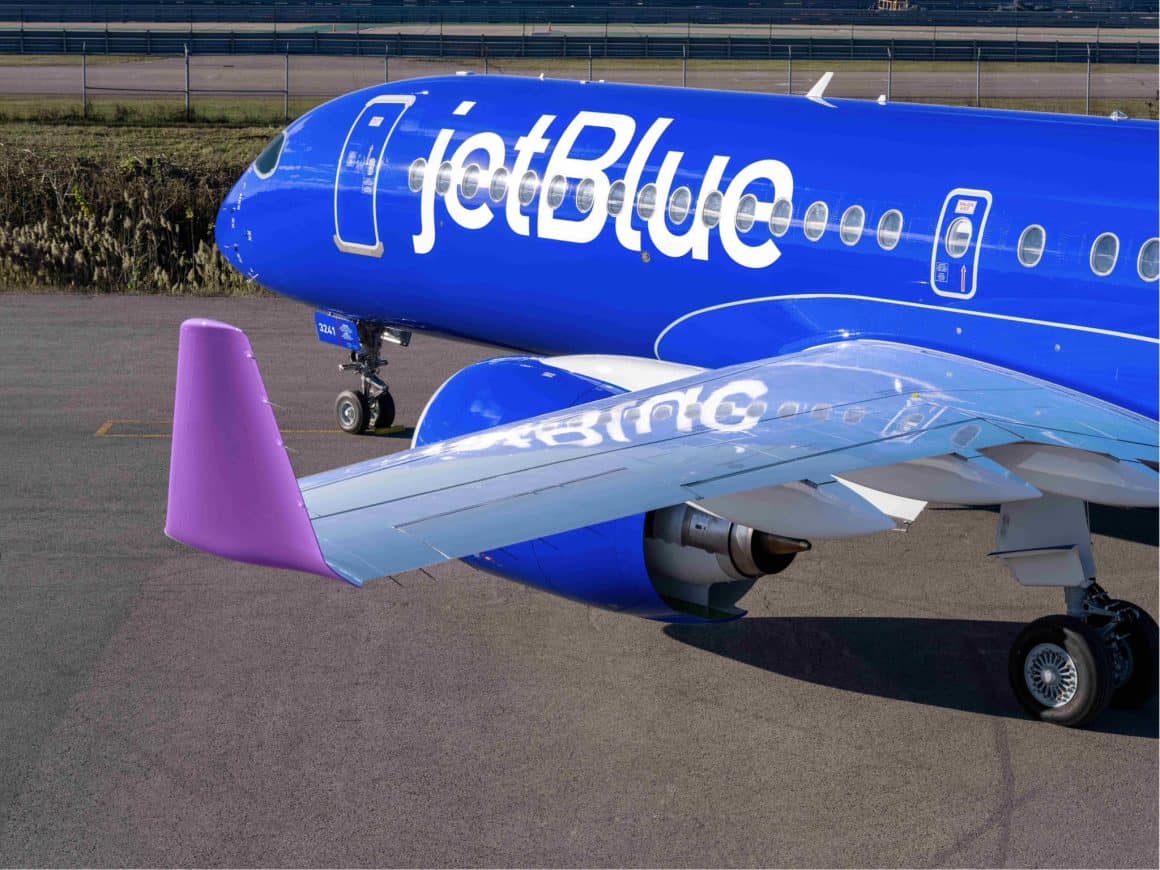
For JetBlue, these updates aren’t just about keeping passengers entertained or well-fed…and I’ll be the first to say that the new offerings sound delicious. Rather, they’re part of a long-term brand strategy to position the airline as a service-oriented alternative in both the domestic and transatlantic markets.
While JetBlue’s competitors continue to optimize for cost through streaming-only content and pared-down food options, JetBlue is betting on tangible onboard investments to build loyalty.
With Chicken Shop Date, Bluey, Charlie Bird, and Dig Inn all making their debuts this fall, JetBlue continues to fine-tune its product offering for specific customer segments: young travelers, families, and premium flyers.
Whether that translates into market share gains or brand affinity remains to be seen, but JetBlue’s approach is clear: It believes the onboard experience still matters.
For travelers, this is fantastic news. For moms and dads, this is GREAT news! And we hope that other airlines follow suit.
For full listings and menu details, visit JetBlue’s website.

